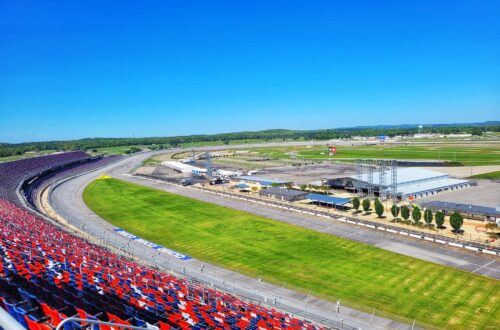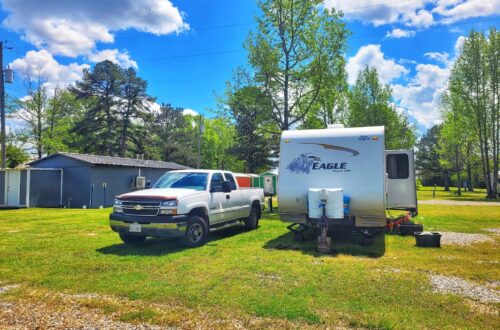Washington, D.C., is packed with famous landmarks, but one of its most beautiful spots often flies under the radar- the U.S. National Arboretum. This massive, 446-acre green space is home to stunning gardens, scenic walking trails, and one of the most unusual photo ops in the city: the Capitol Columns, a striking set of sandstone pillars that once stood at the U.S. Capitol. But one of the Arboretum’s true hidden treasures is the National Bonsai & Penjing Museum, where centuries-old miniature trees tell fascinating stories of art, culture, and history.
In this post, I’ll walk you through everything you need to know for a great visit, including insider tips, FAQs, and the best spots for photos. If you’re visiting with kids, I’ve also created a free downloadable activity book to make exploring the Bonsai Museum even more fun. Whether you’re a plant lover, history buff, or just looking for a peaceful escape from the city, the National Arboretum has something for everyone!
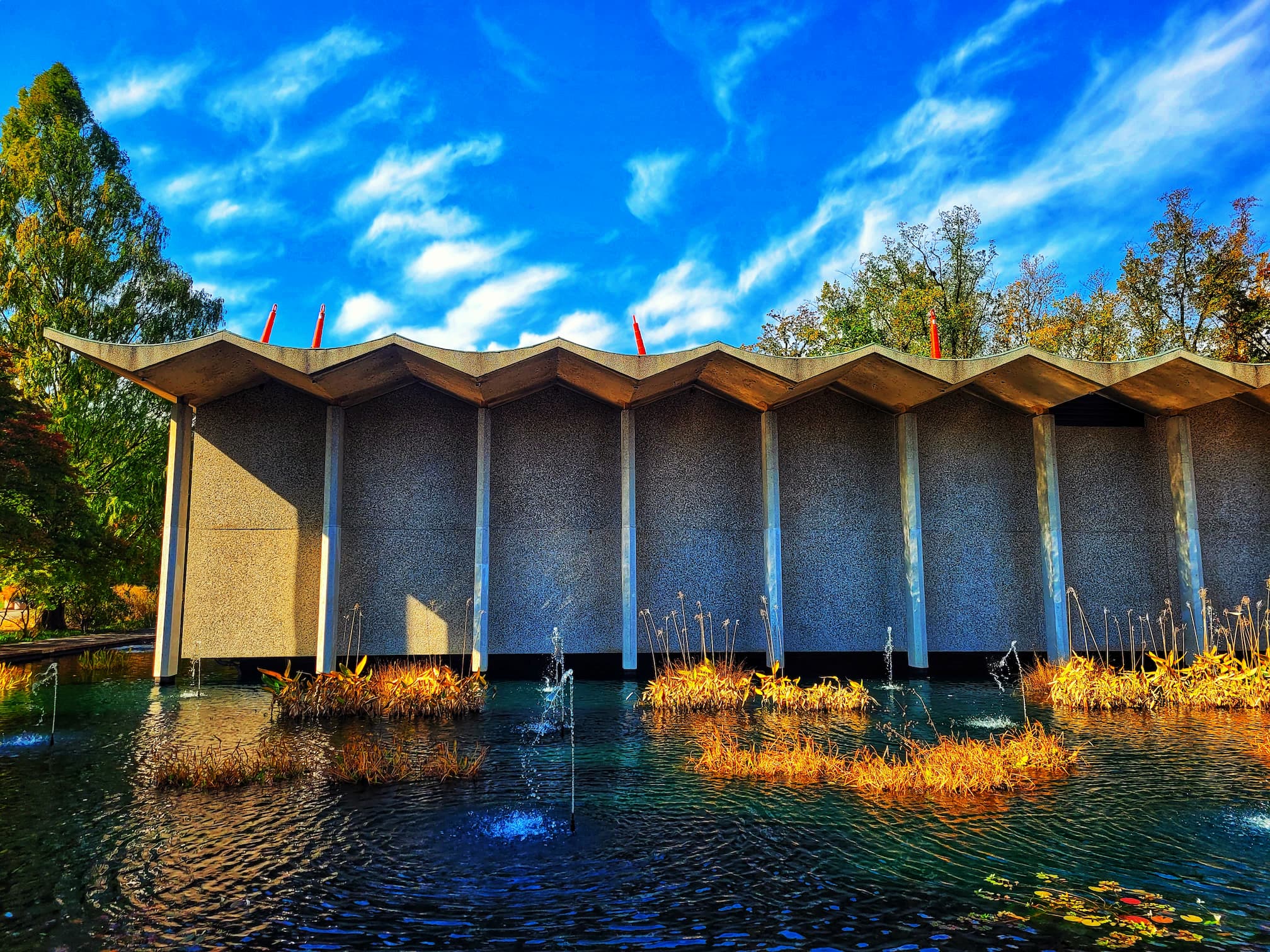
The National Bonsai and Penjing Museum
One of the more unique parts of the National Arboretum is the National Bonsai & Penjing Museum, a peaceful oasis where tiny trees tell big stories. The museum’s collection started in 1976 when Japan gifted the United States 53 bonsai trees to celebrate the U.S. Bicentennial. Since then, the collection has grown to feature over 300 different specimens, with rotating displays that showcase the intricate art of bonsai and penjing (the Chinese tradition of miniature landscapes). Some trees in the collection are centuries old, including one white pine that survived the Hiroshima bombing, standing as a quiet symbol of resilience.
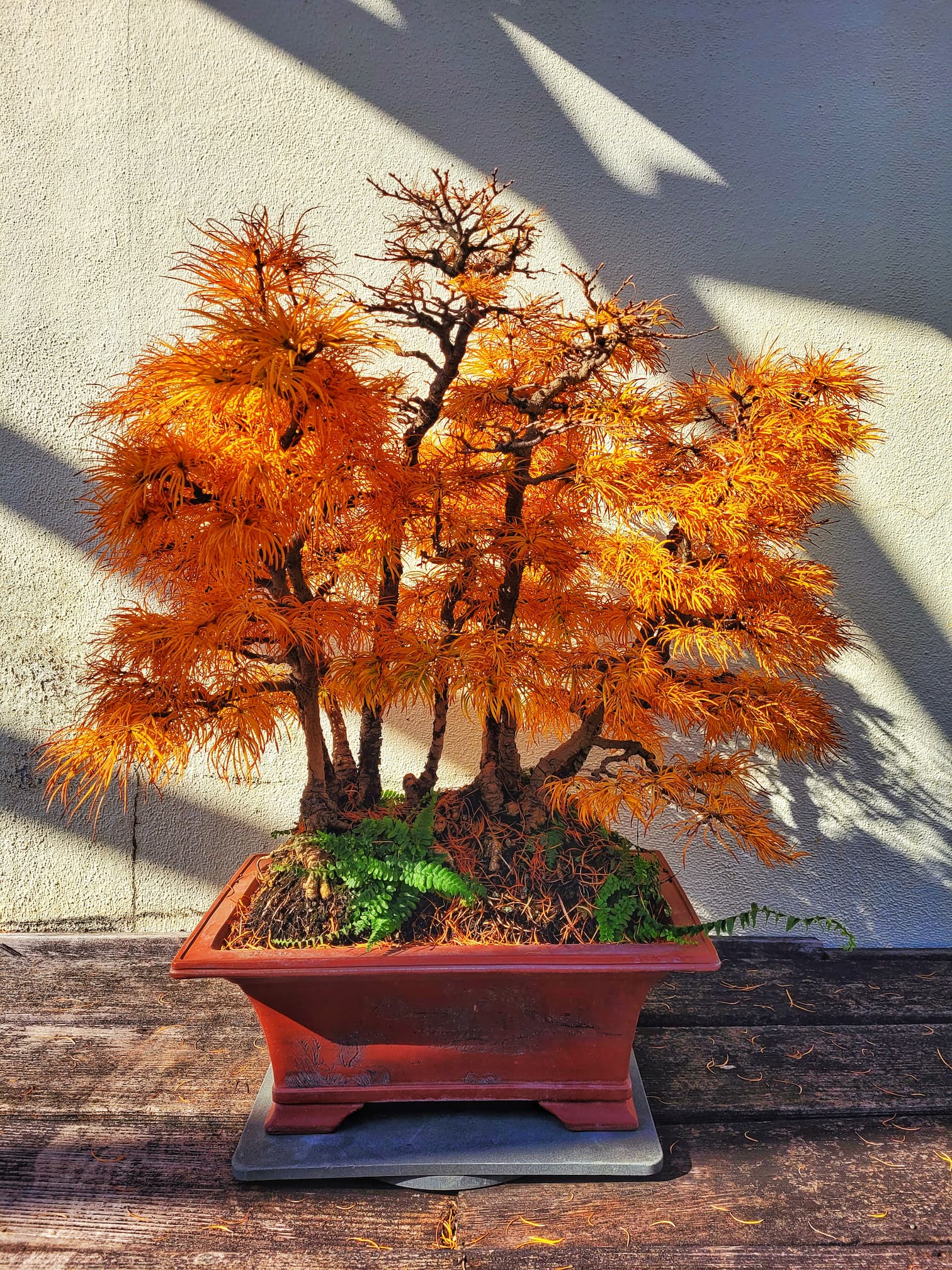
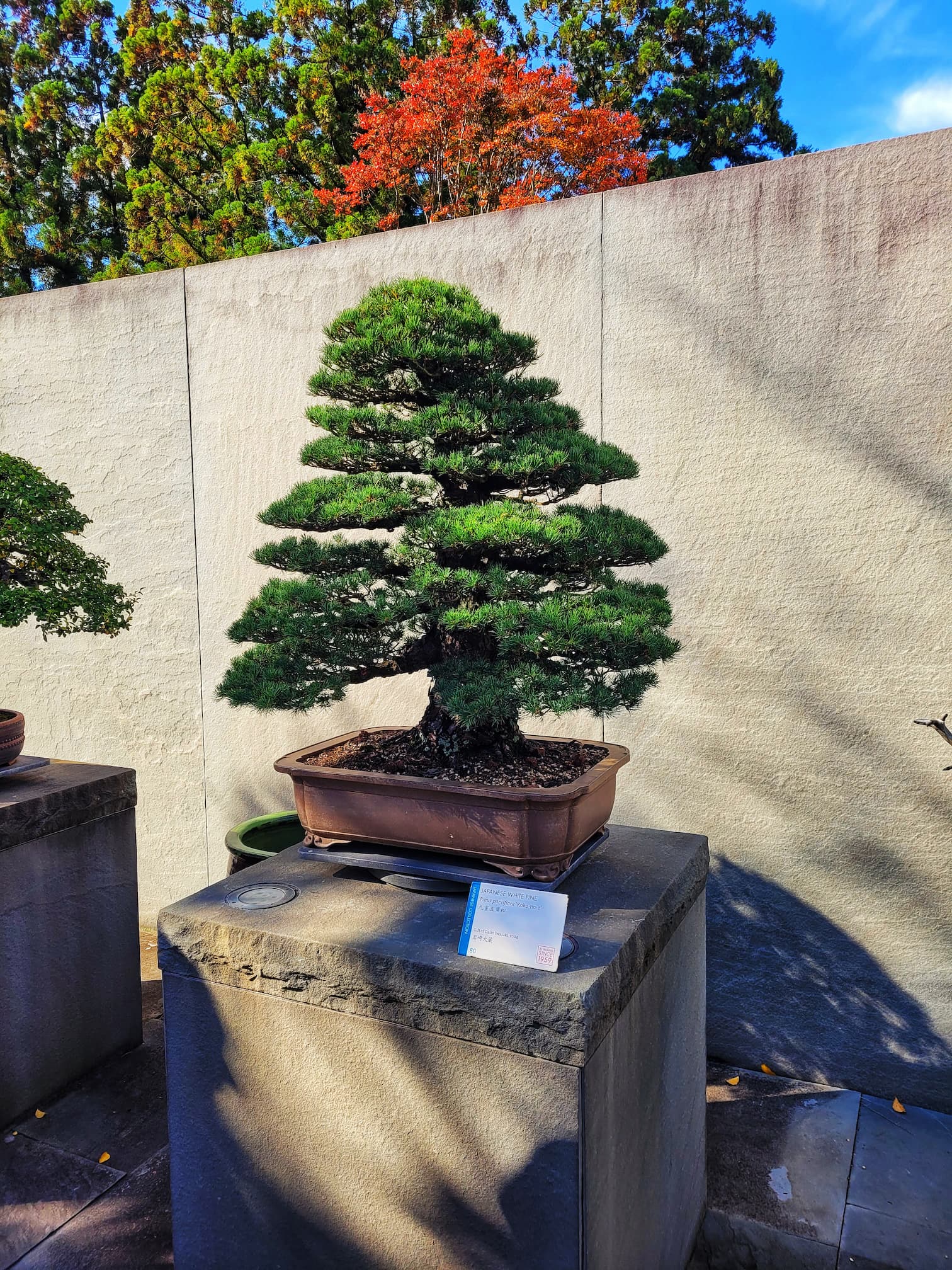
Beyond the trees themselves, the museum highlights companion art forms like viewing stones (suiseki), carefully chosen for their natural beauty, herbaceous companion plants, which accent the bonsai’s changing seasons, and Japanese flower arrangements (ikebana), offering another layer of artistic expression. The museum is divided into several pavilions, each reflecting different styles and traditions from Japan, China, and North America. Whether you’re a bonsai enthusiast or just looking for a peaceful break from the city, this hidden gem is worth a visit- it’s like stepping into a living, breathing work of art.
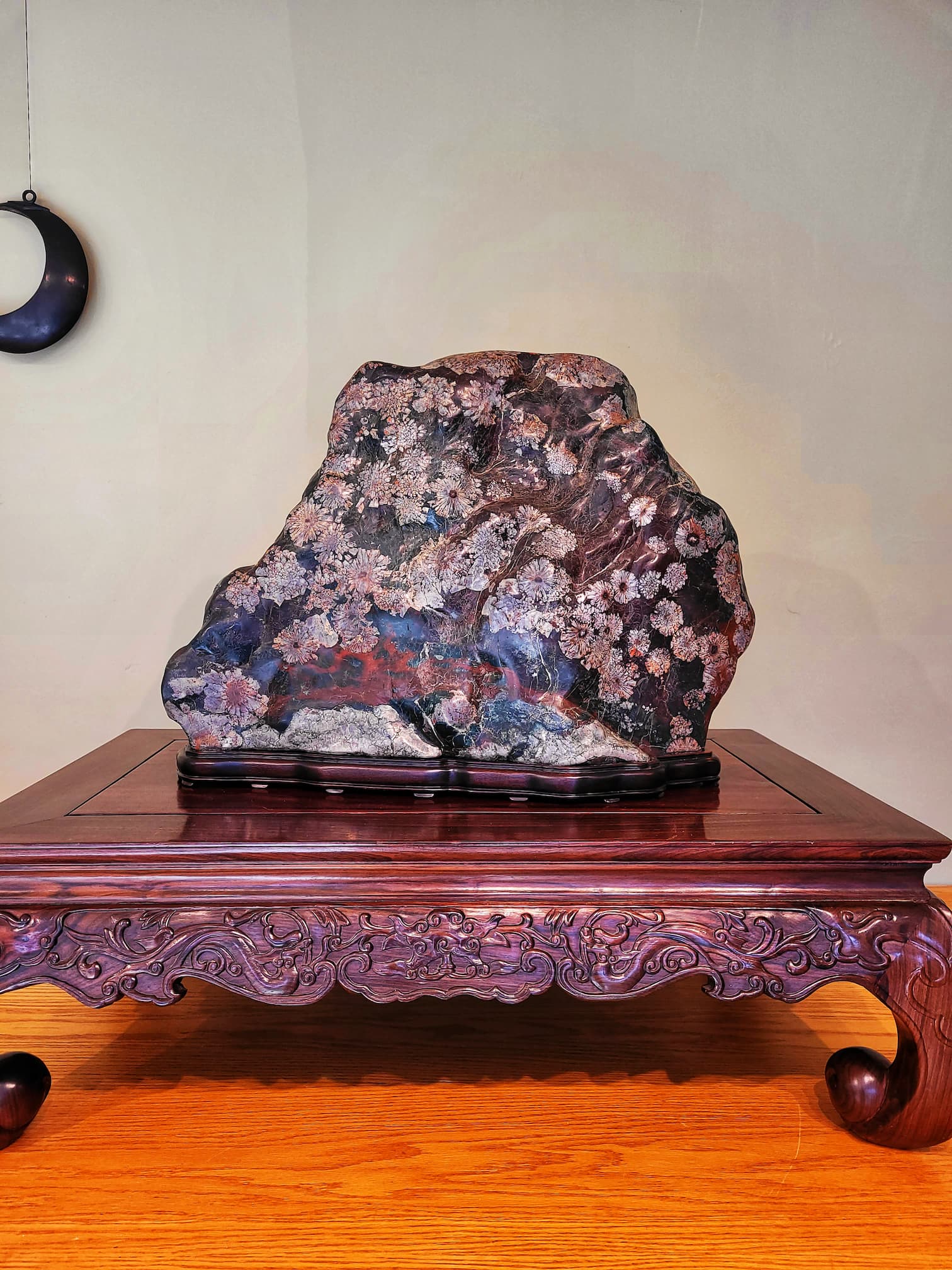
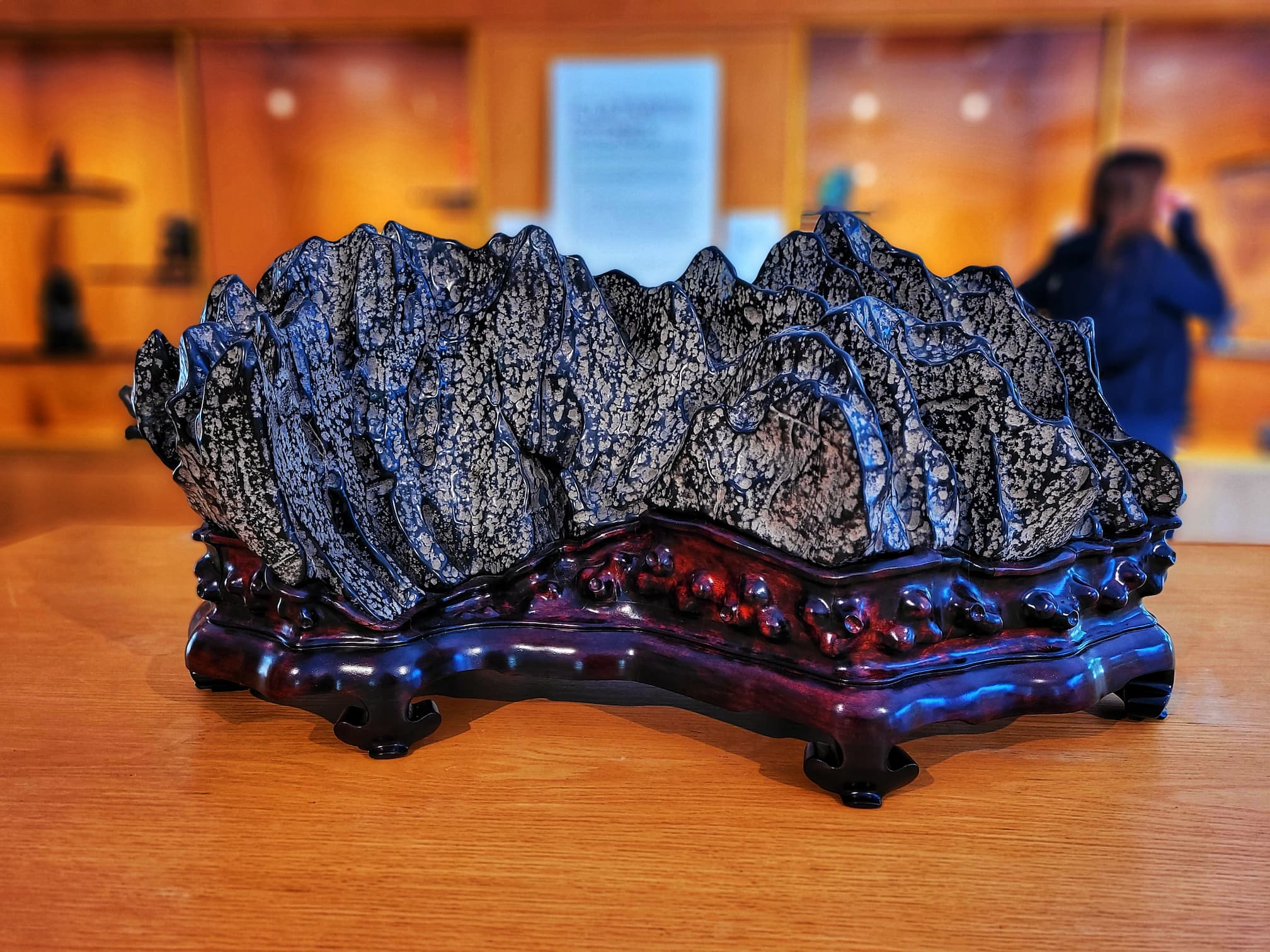
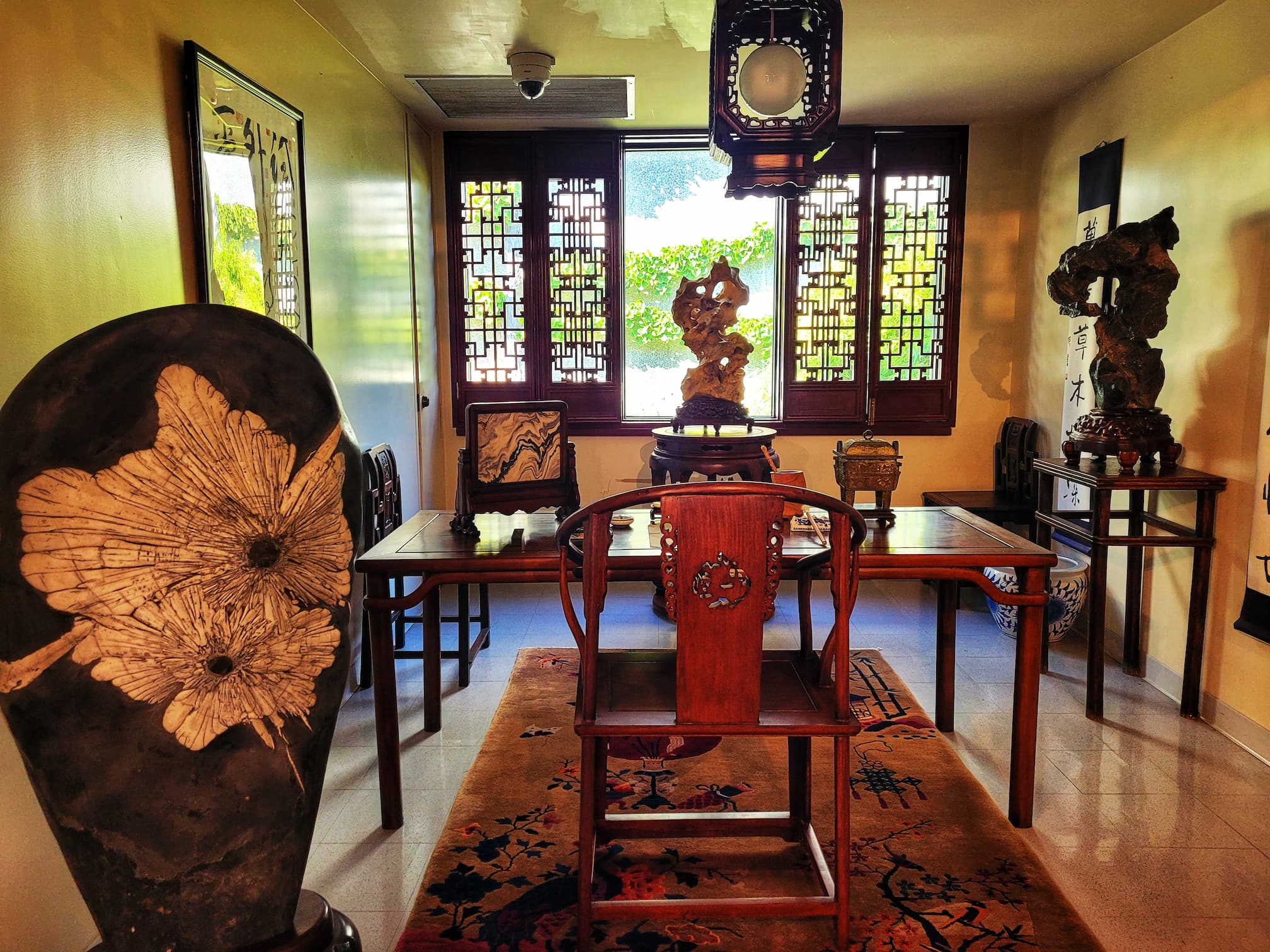
Free Printable Activity Book for Kids at the National Bonsai & Penjing Museum
Planning a visit to the National Arboretum and the National Bonsai & Penjing Museum? Make your trip even more fun and educational with this free printable activity book! Designed for kids, this free download is packed with engaging activities to help them learn about the art of bonsai and penjing during their visit.
Whether you’re visiting as a family, on a homeschool field trip, or as part of your worldschool adventures, this activity book is a great way to keep kids engaged. They’ll complete a bonsai scavenger hunt, trace Japanese and Chinese characters, design their own miniature tree, and even write a haiku inspired by these tiny works of art.
This homeschool resource is perfect for learning about history, culture, and nature in a hands-on way. Download the free printable before your visit and make exploring the museum even more exciting!
The Best Photo Spot at the National Arboretum
The Capitol Columns are one of the most striking and unexpected landmarks in Washington, D.C. Standing tall in the ellipse meadow of the U.S. National Arboretum, these Corinthian columns once graced the east portico of the U.S. Capitol. They were originally placed there in 1828, crafted from Virginia sandstone and brought to Washington well before the Capitol’s massive dome was completed. However, when the dome was finally finished in 1864, it was much larger than originally planned, creating the illusion that it wasn’t adequately supported by the columns. To fix this, a new addition was built on the east side of the Capitol in 1958, and the columns were removed.
Instead of being discarded, these historic columns found a new home at the Arboretum in the 1980s, where they now stand as a grand yet slightly surreal reminder of the city’s architectural history. They rest on a foundation made from the very Capitol steps that once accompanied them, adding another layer of historical significance. Set against the open sky and surrounded by rolling green space, the columns create a dramatic, almost ruin-like scene- making them a favorite spot for photography, picnics, and quiet reflection.
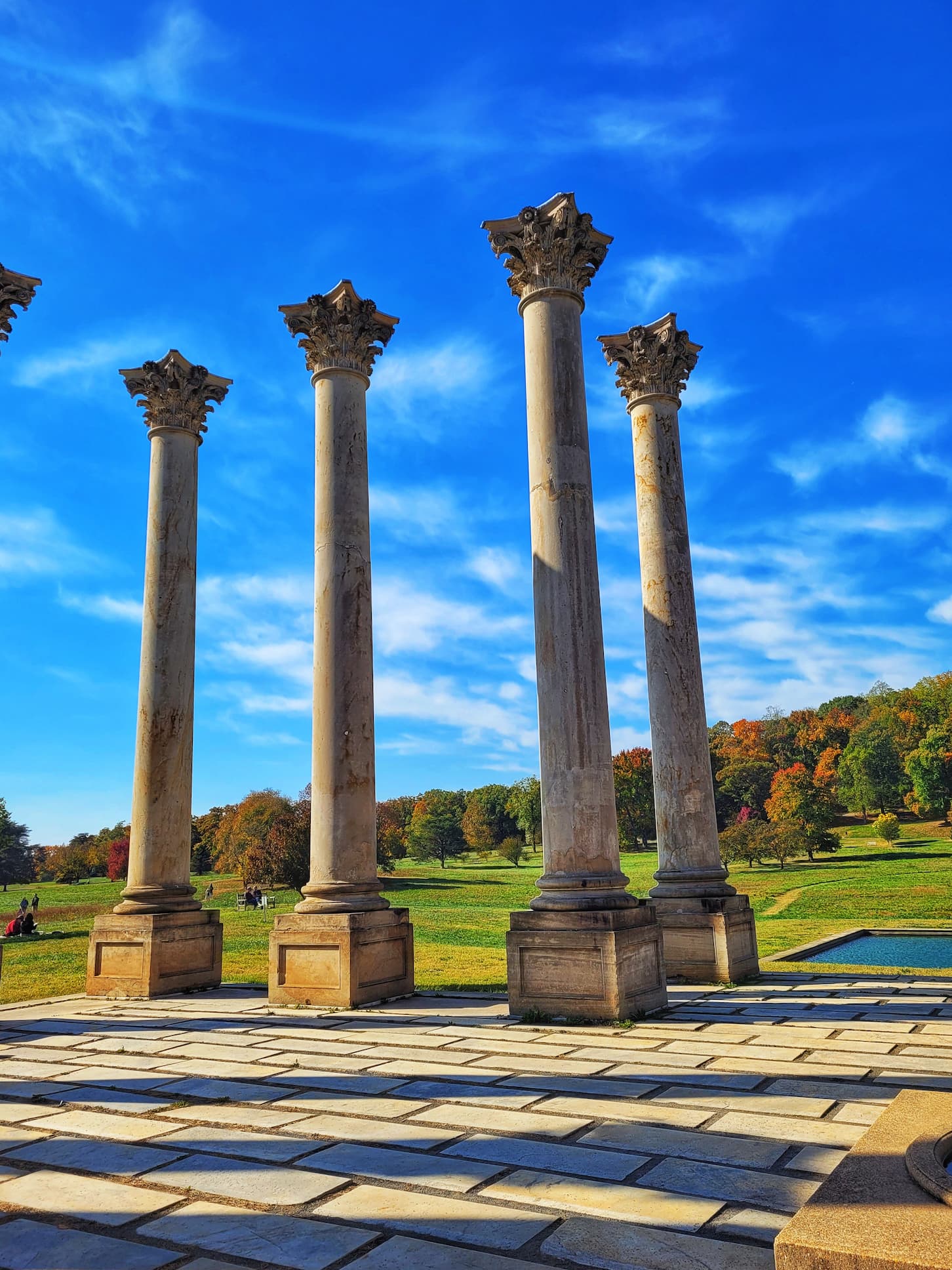
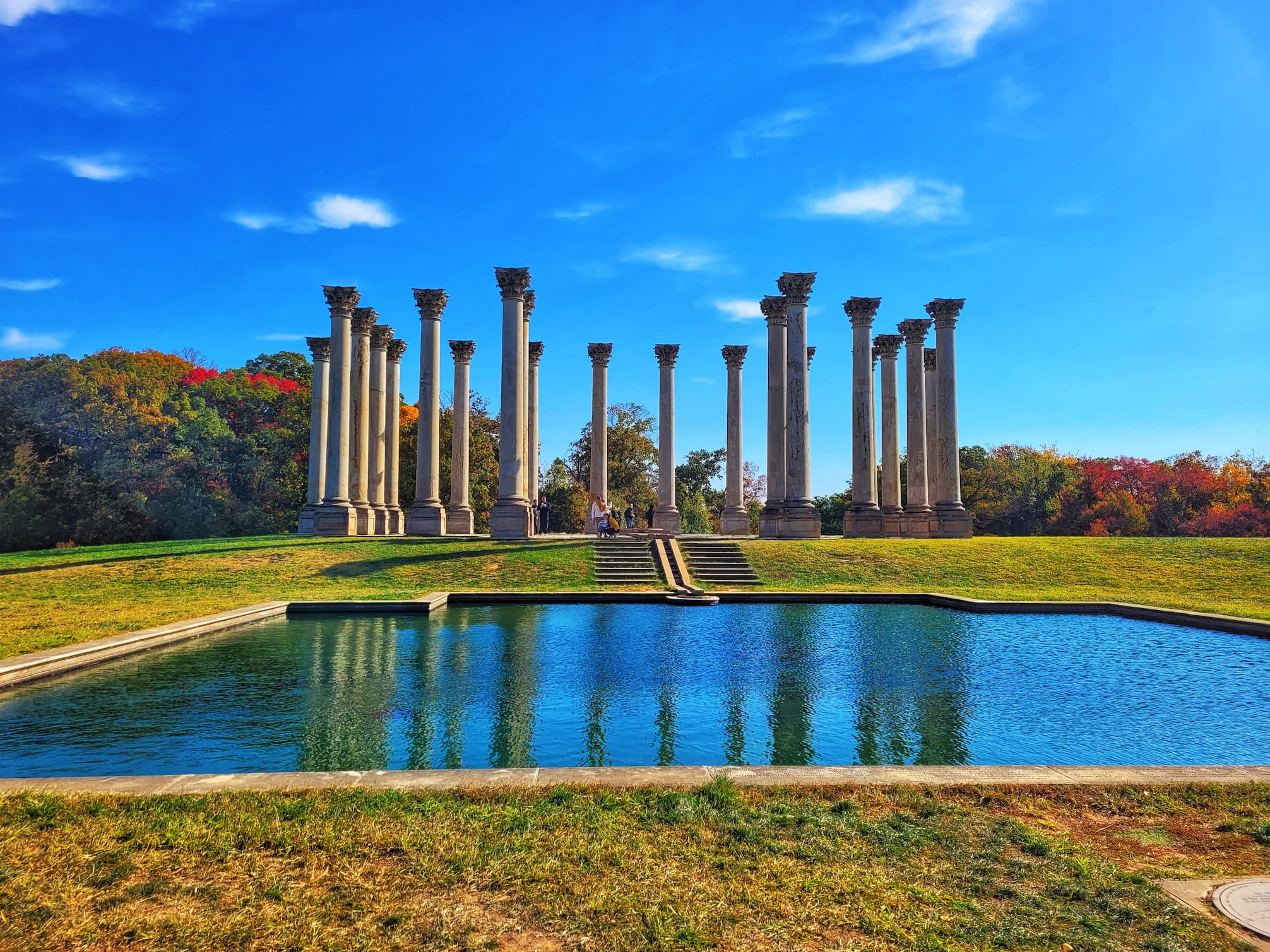
Frequently Asked Questions About the National Arboretum
What is an arboretum?
An arboretum is a living museum where trees, shrubs, and herbaceous plants are cultivated for scientific, educational, and aesthetic purposes.
Where is the U.S. National Arboretum located?
The Arboretum is in the northeast section of Washington, D.C. There are two entrances:
- Main Entrance: 3501 New York Avenue, NE
- Secondary Entrance: 24th & R Streets, NE (off Bladensburg Road) – Note: This entrance closes to incoming visitors after 2 PM Monday-Friday, but remains open for bikes and pedestrians.
What are the operating hours?
- Outside Grounds: Daily, 8 AM – 5 PM
- National Bonsai & Penjing Museum: Daily, 10 AM – 4 PM
- Visitor Center: Daily, 8 AM – 4:30 PM
Is there an admission fee?
No, admission is free.
How big is the Arboretum?
The Arboretum spans 451 acres with 9 miles of roadways and numerous walking paths.
How many people visit the Arboretum annually?
Over 710,000 visitors each year.
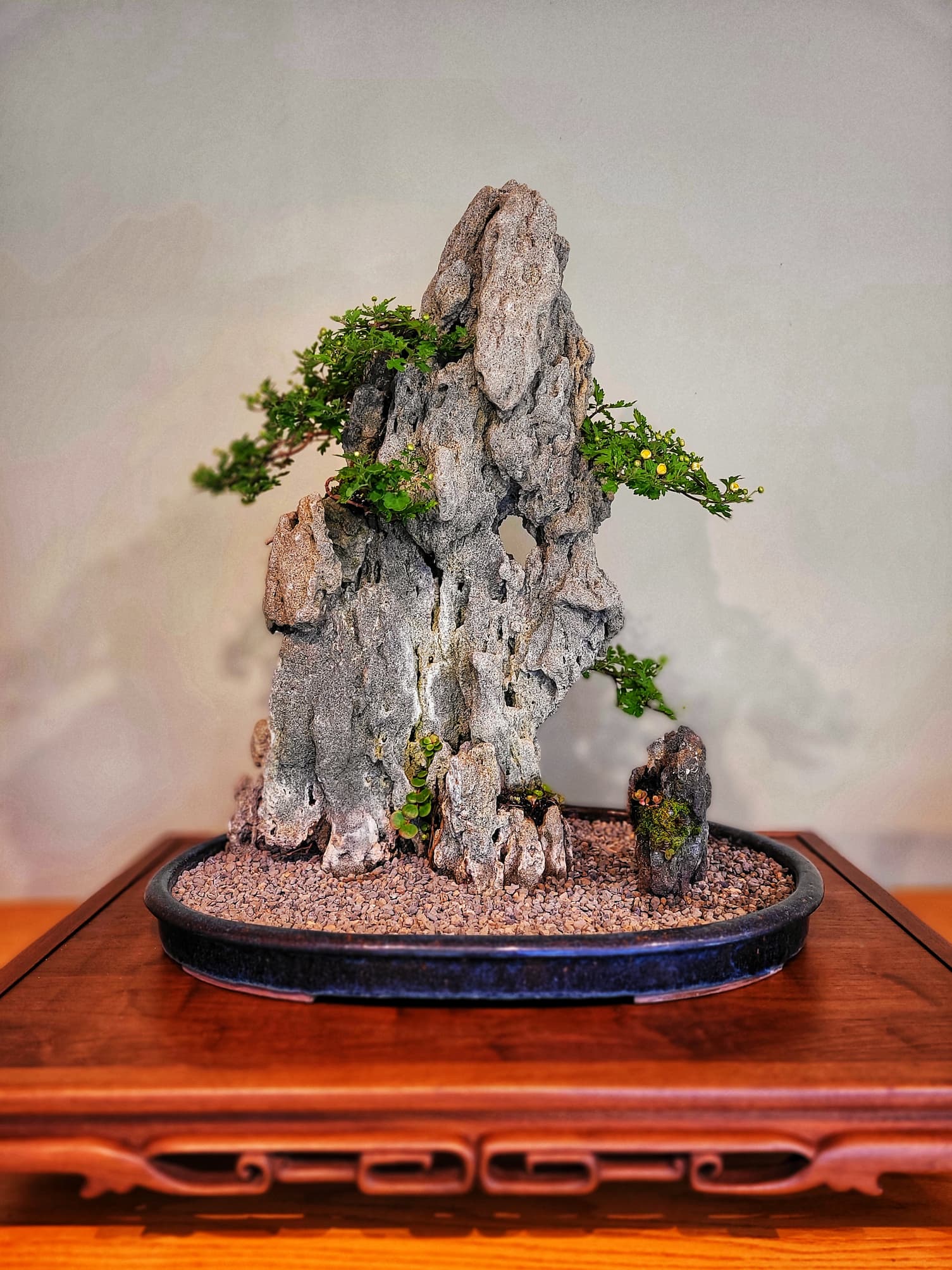
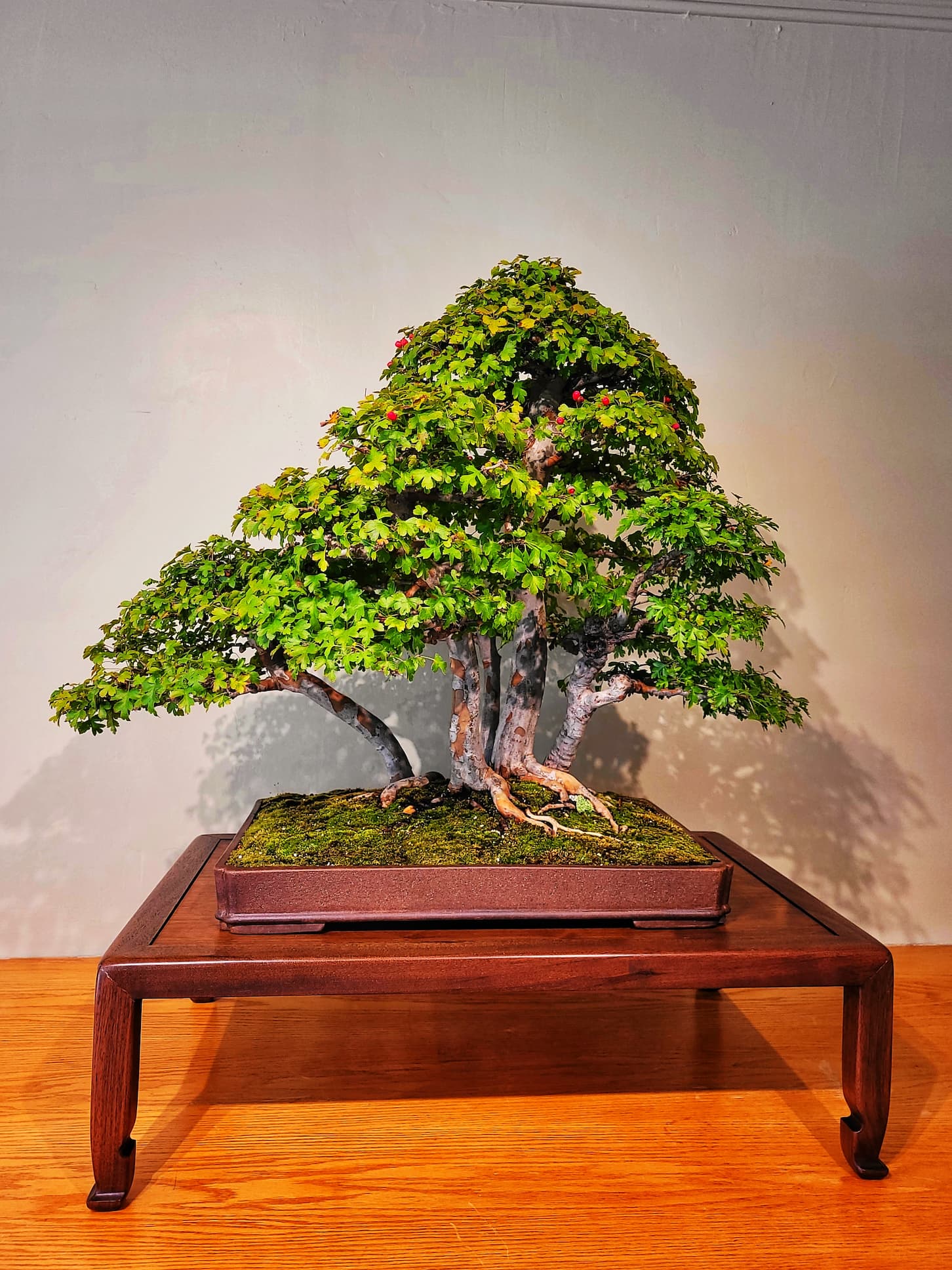
Getting to the National Arboretum and Parking
Is parking available on-site?
Yes, free parking is available at both entrances.
How can I reach the Arboretum via public transportation?
- Closest Metro Station: Stadium-Armory Station (Blue & Orange Lines)
- From there, take Metrobus B-2 and get off at Bladensburg Road, then walk two blocks to the R Street entrance.
Is there a map of the Arboretum?
Yes! 📍 Download the map here
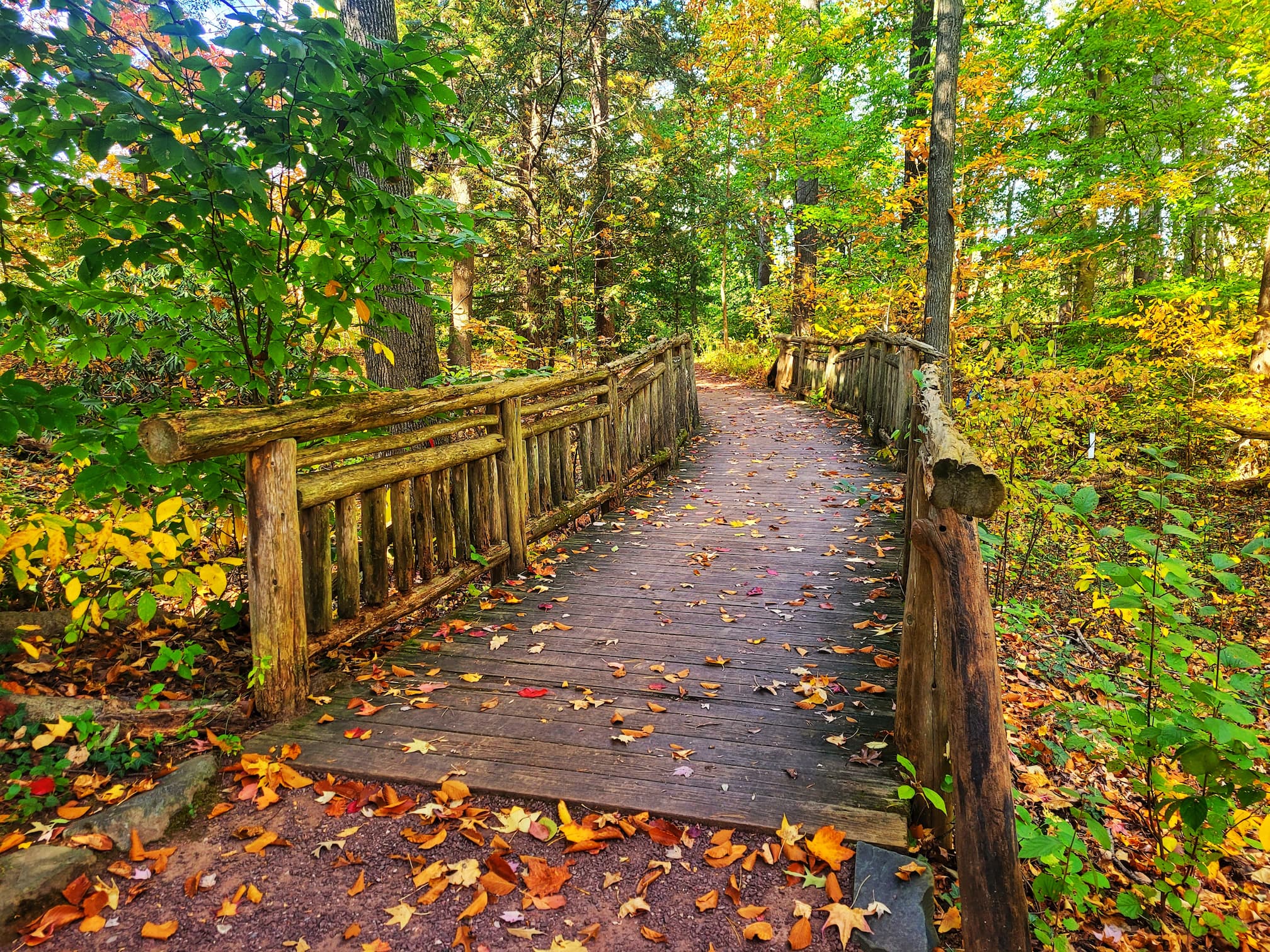
What Will I See at the National Arboretum?
If you’re looking for specific plants or gardens, use the plant finder and map tool on the arboretum’s website.
Gardens at the Arboretum include the:
- Admin Building: intro garden, aquatic plants, koi
- Asian Collections: Japanese Woodland, Asian Valley, China Valley, Korean Hillside
- Trails in the are are not accessible
- Drive to the collection and park in the small parking lot there
- Expect steps and hills
- Azalea Collections: Glenn Dale Azalea Hillside, Morrison Garden, Lee Garden
- Rustic woodland trails
- This area includes Mount Hamilton- one of the highest points in DC with a view of the city
- Peak blooms in this area are at the end of April
- Dogwood Collection: Dogwoods, Anacostia River Overlooks
- Park in the small lot near the exhibit entrance
- Blooms start in early spring
- Fern Valley: Native Plants, Fern Valley Woodland, Prairie, Southeastern Coastal Plain
- Friendship Garden: Arbor House, Friends of the National Arboreum Office, National Bonsai Foundation Office
- Gotelli Conifer Collection: Gotelli & Watnong Collections, Spruces, Firs, Japanese Maples, Crapemyrtles
- A casual visit takes 1/2-1 hour, conifer lovers will spend longer
- Grass paths between beds, some areas do not have defined paths
- Holly and Magnolia Collections
- Magnolias bloom early-mid March
- National Bonsai & Penjing Museum
- National Boxwood Collection
- National Capitol Columns
- National Herb Garden: Historic Roses, Knot Garden, Specialty Gardens
- Perennial Collections: Daylilies, Daffodils, Peonies
- Peonies bloom April-June
- Daylilies bloom summer
- Daffodils bloom early spring
- Washington Youth Garden
- Open for all to visit- the fence is for deer, not people!
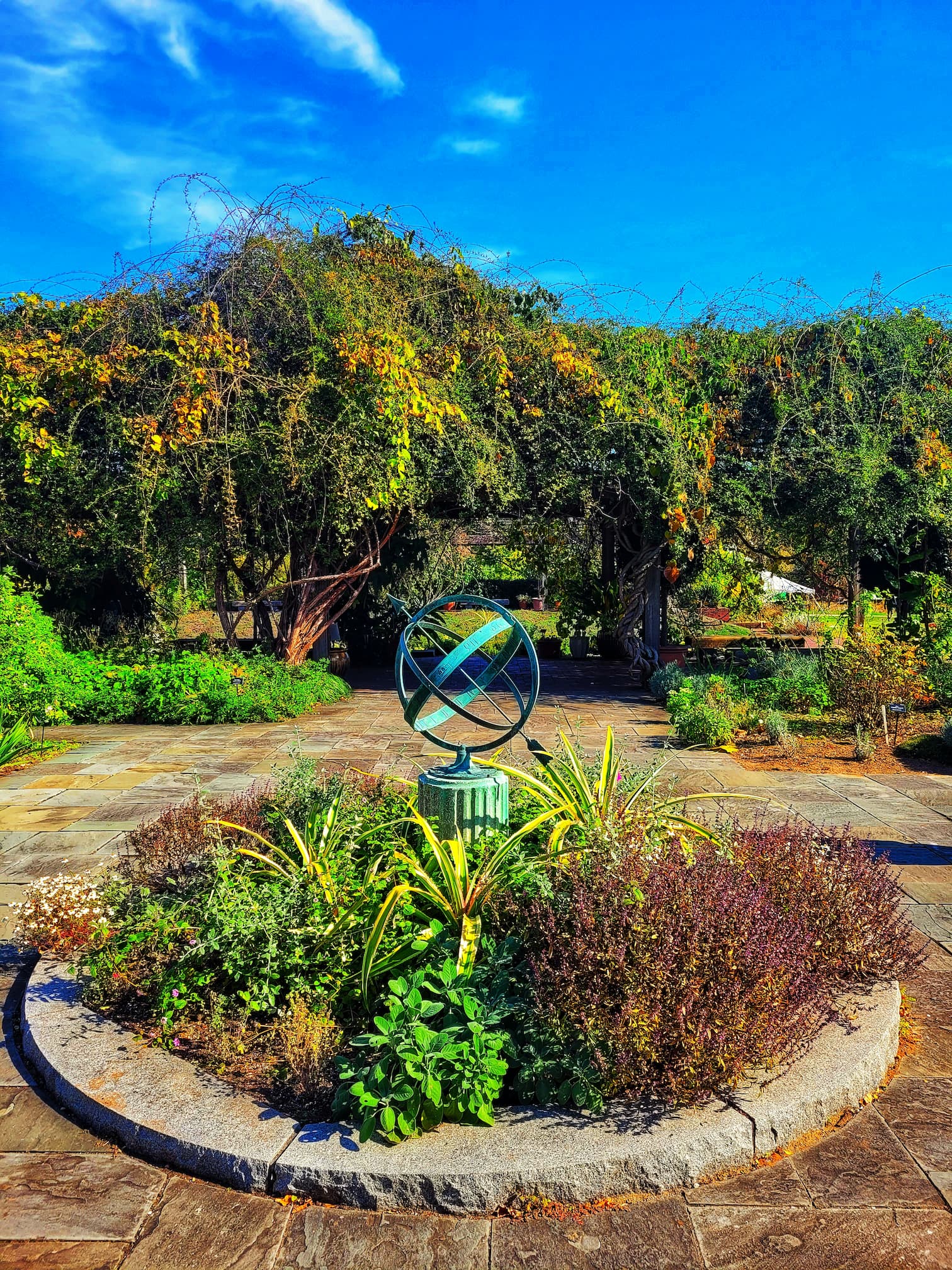
Accessibility & Visitor Amenities at the National Arboretum
Is the Arboretum accessible for people with mobility challenges?
Yes, several areas are wheelchair accessible:
- Fully accessible: Introduction Garden, National Herb Garden, Bonsai Museum
- Partially accessible: Fern Valley (some sections have accessible gravel trails)
- Wide accessible paths: Friendship Garden
- Limited accessibility: Conifer Collection, Holly/Magnolia Collection (however, much of these collections can be viewed from the roadways).
Are there restrooms on-site?
Yes, restrooms are available at:
- Arbor House
- M-Street Gate Parking Lot (seasonal, open during warmer months)
- Asia Valley Collections (seasonal, open during warmer months)
- Visitor Center
Are there dining facilities?
No full-service dining options, but vending machines are available at:
- Arbor House
- Visitor Center
Is there a gift shop?
No, but plant sales are available through the Friends of the National Arboretum.
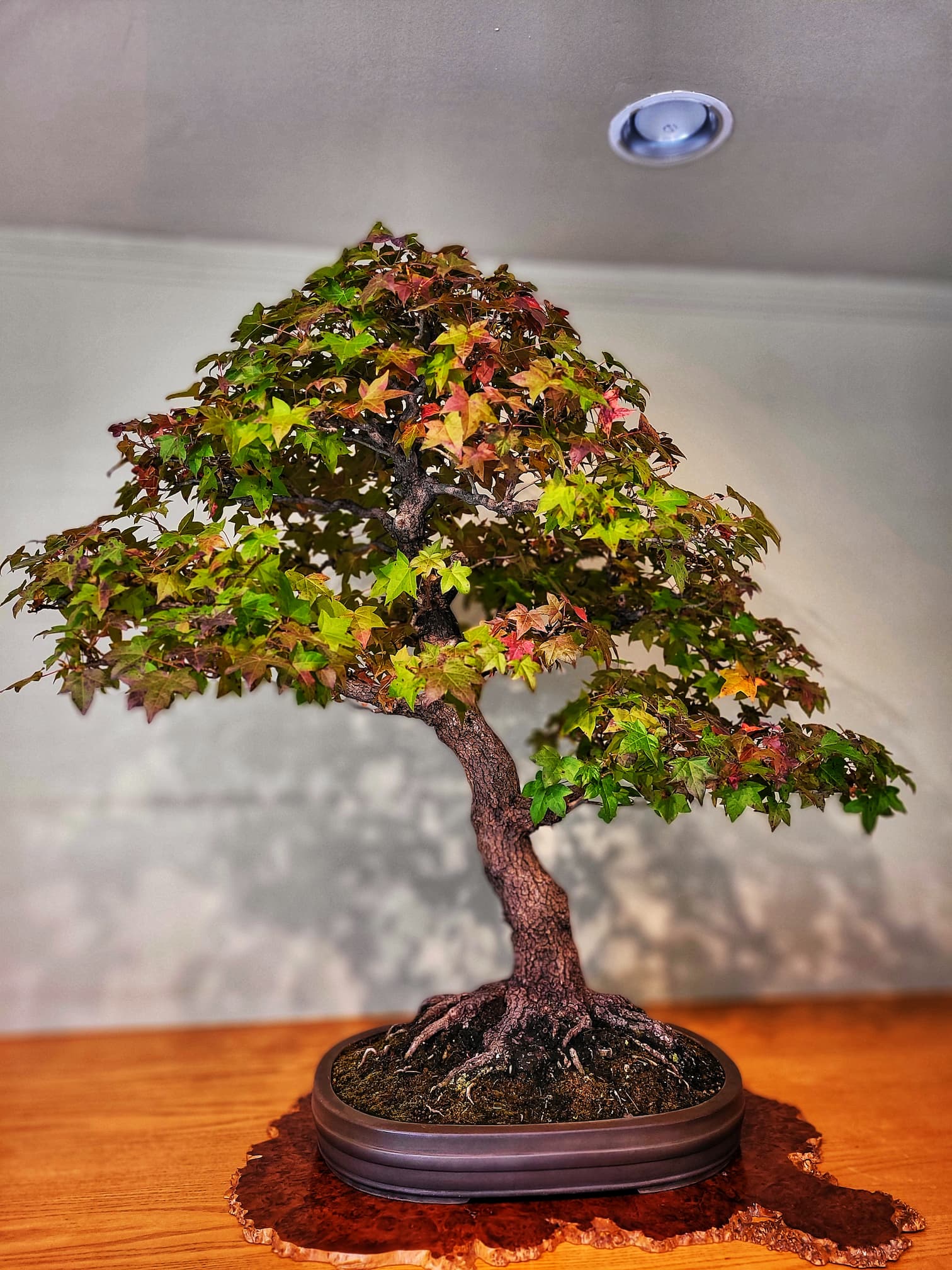
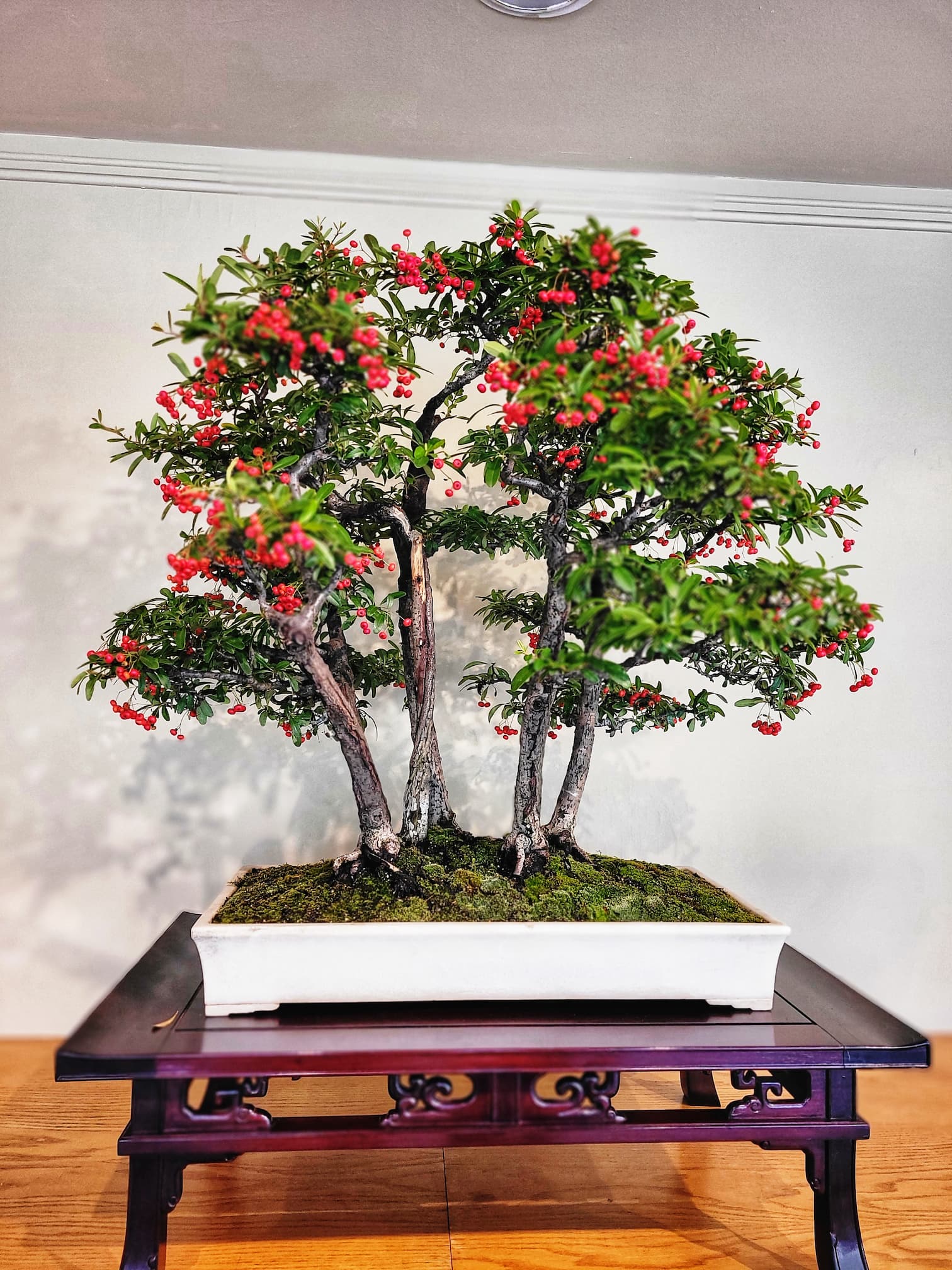
National Arboretum Rules & Permitted Activities
Are pets allowed?
Yes, but they must be:
- Leashed at all times
- Kept out of garden beds
- Cleaned up after
- Not allowed inside the Visitor Center or Bonsai Museum
Can I picnic at the Arboretum?
Yes, but only in the National Grove of State Trees picnic area. Restrictions:
- No barbecues, fires, or alcohol
- No ball-playing, running children, or sports activities
Can I ride a bike or bring a scooter?
Yes, but only on roadways (not on trails or in gardens).
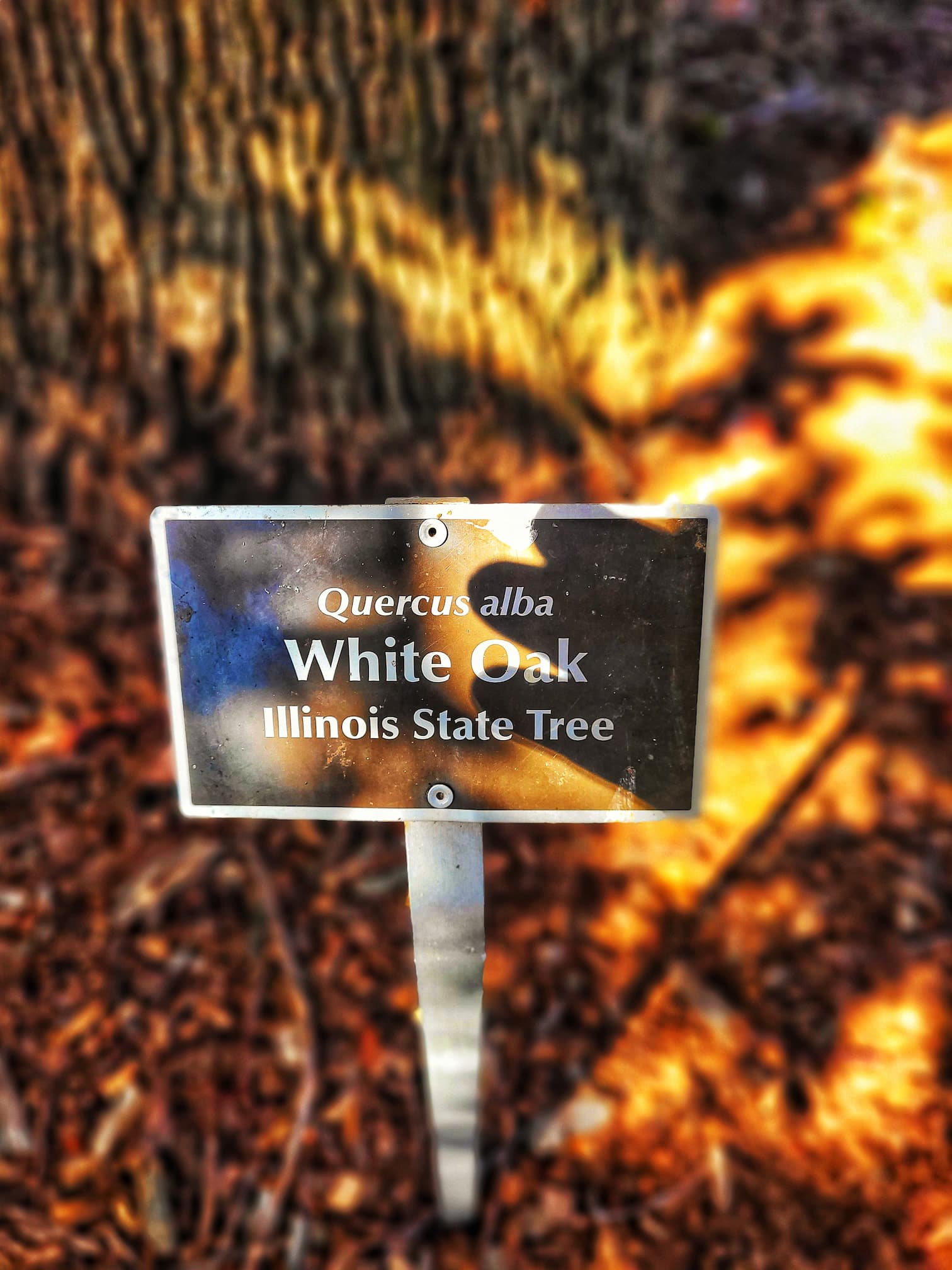
Events, Photography, & Weddings at the National Arboretum
Are there educational programs available?
Yes! The Arboretum offers public education programs, workshops, lectures, group tours, and exhibitions.
- Events Calendar: View upcoming events
- Friends of the National Arboretum events: View more programs
Can I take professional photos or have a photoshoot?
A permit is required if:
- Photography is the main purpose of your visit
- You are wearing wedding, formal, or coordinated attire
- You are using props
- Photos will be used for branding, sponsored content, or profit
📄 More information & permit applications: Photography permits
🚫 Weddings and vow exchanges cannot be conducted with a photo permit.
Can I get married at the Arboretum?
Yes, but all wedding ceremonies and vow exchanges require prior approval and fees. No pop-up weddings allowed—security will remove unauthorized ceremonies.
📄 Wedding venue info: Friends of the National Arboretum Rentals
Can I volunteer or participate in conservation efforts?
Yes! The Friends of the National Arboretum offer volunteer opportunities.
📄 Learn more: Volunteer opportunities
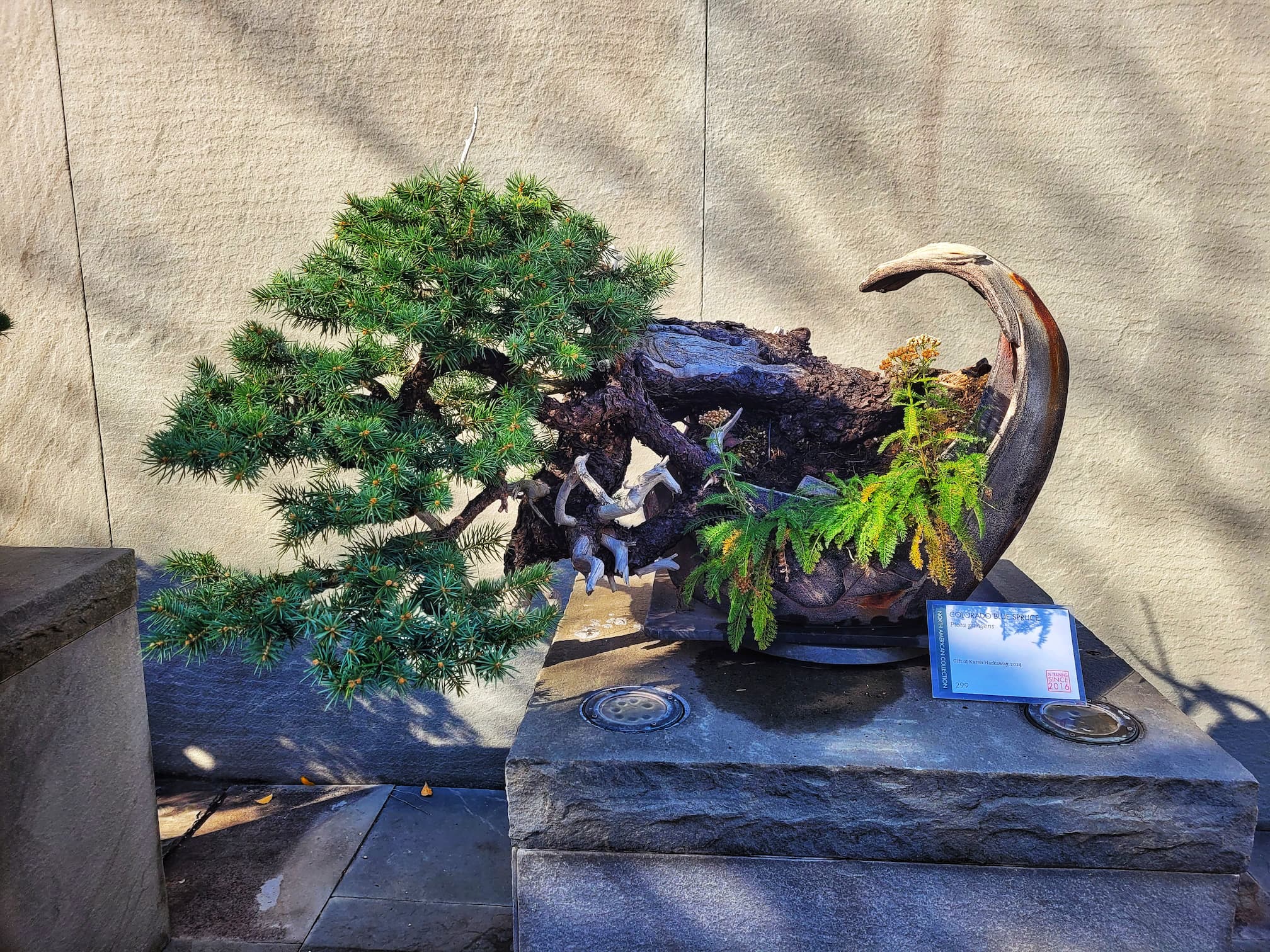
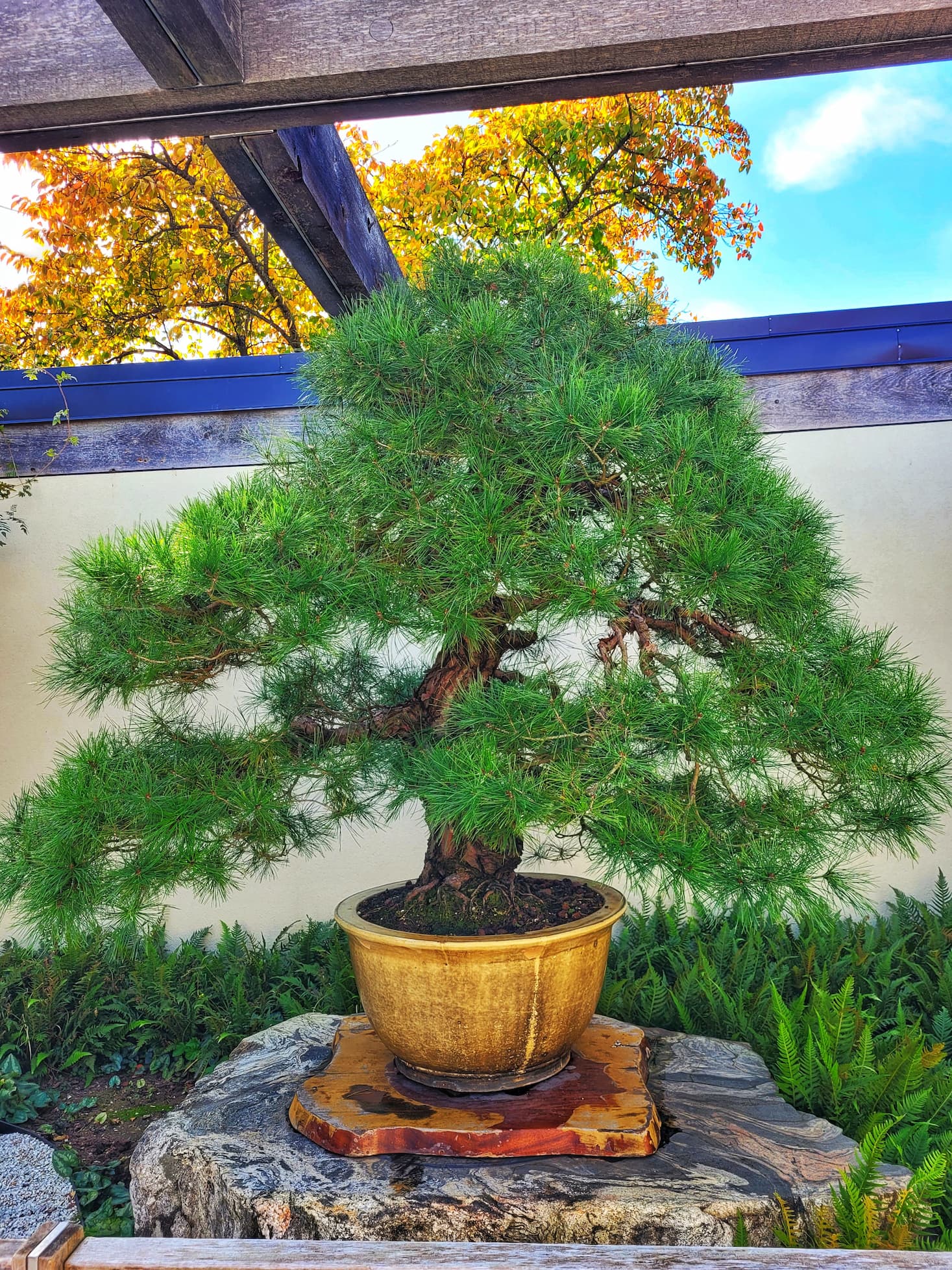
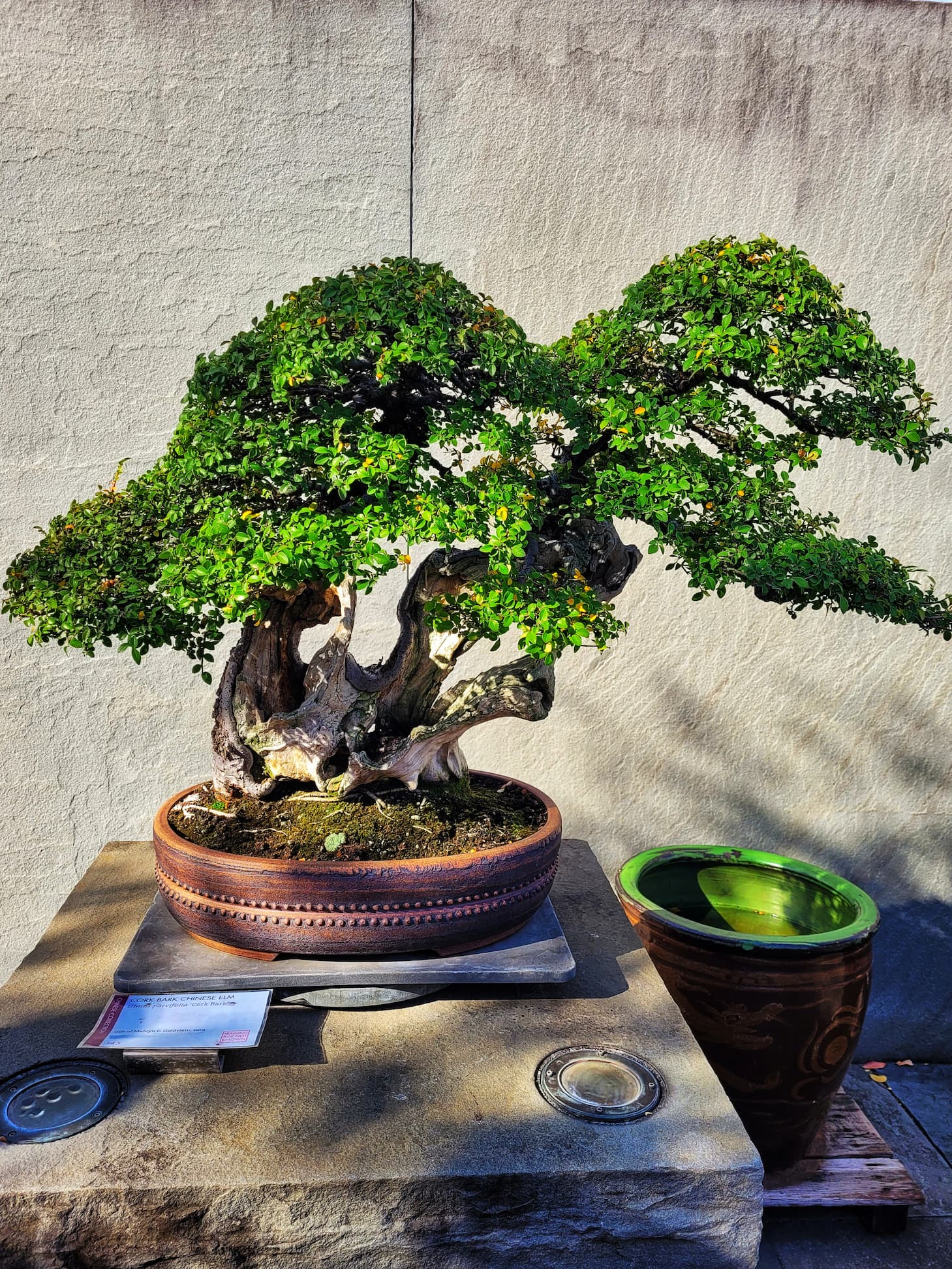
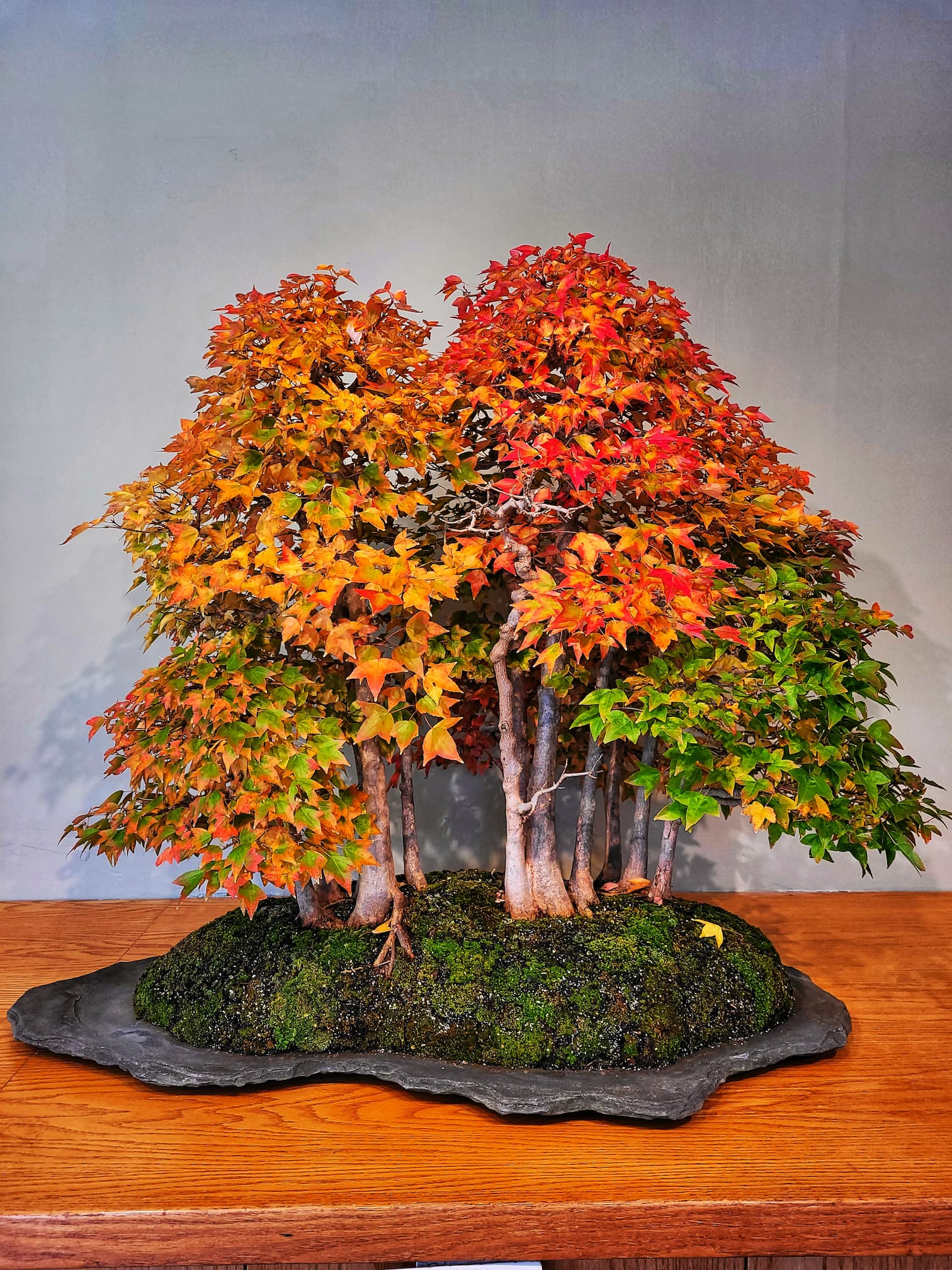
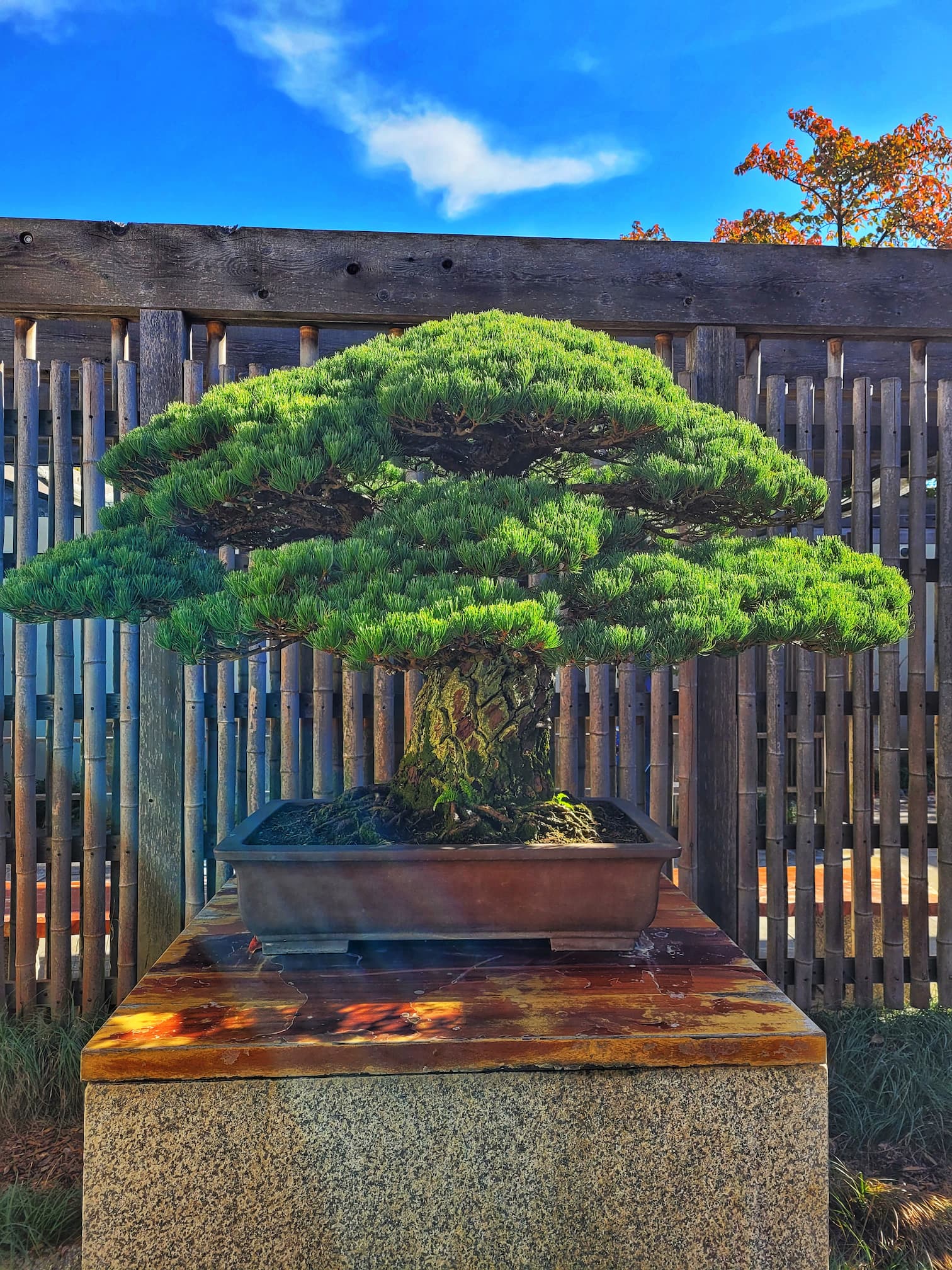
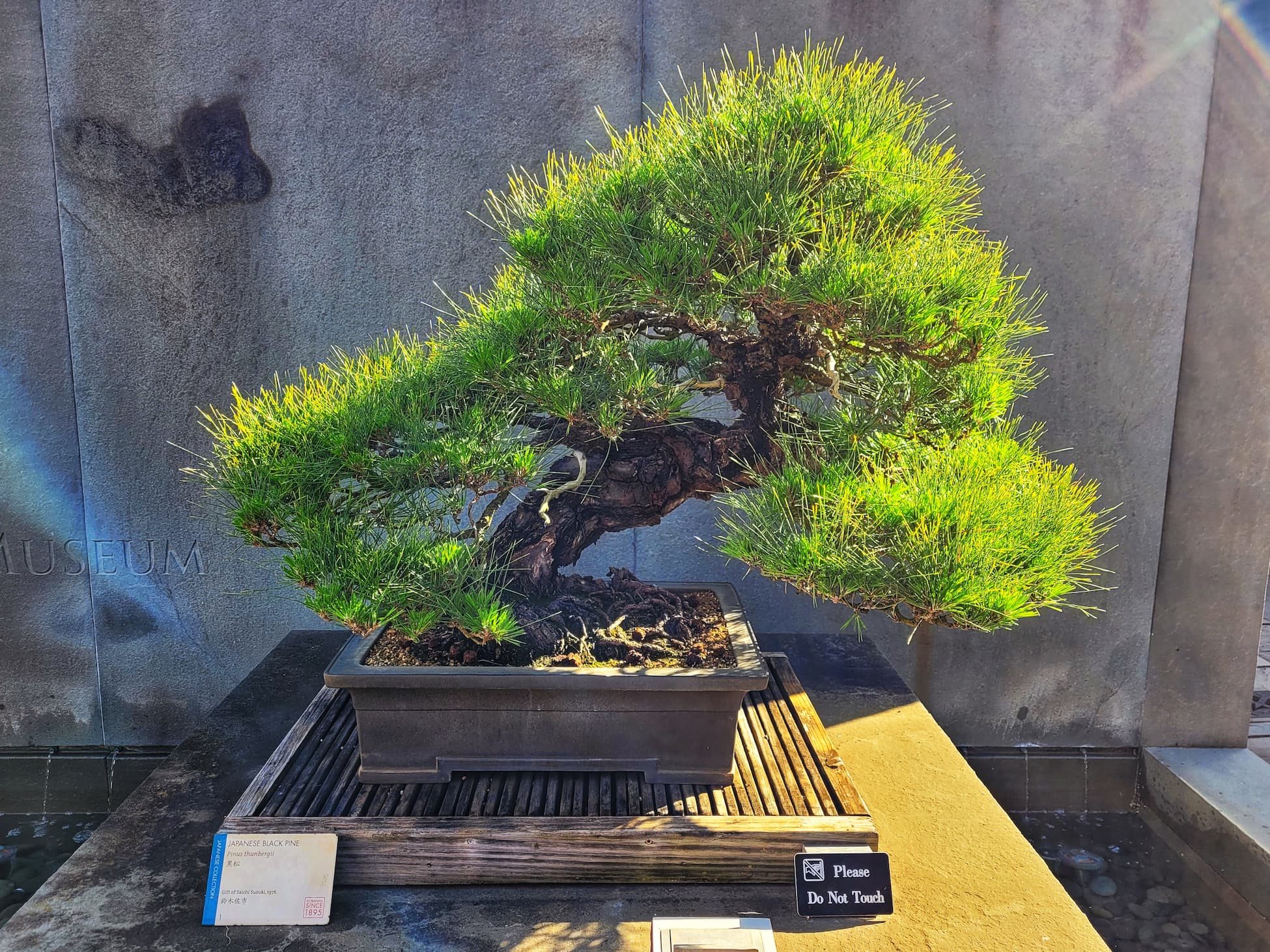
National Arboretum and National Bonsai & Penjing Museum Reading List
Looking for fun and educational books to spark your child’s love for plants? This list features kid-friendly books about bonsai, gardening, flowers, and more! Whether you’re preparing for a visit to the National Arboretum or just want to inspire little nature lovers at home, these books are a great place to start. 🌿



